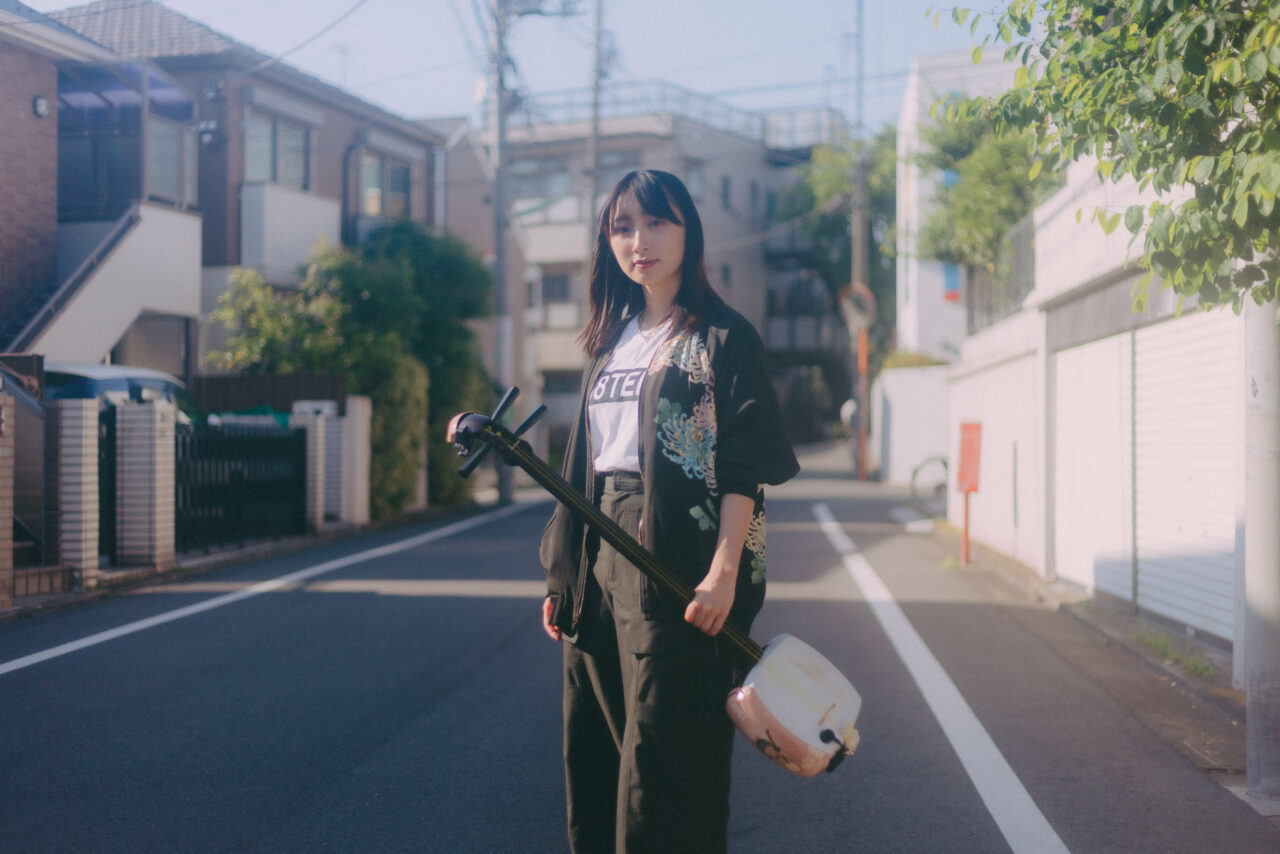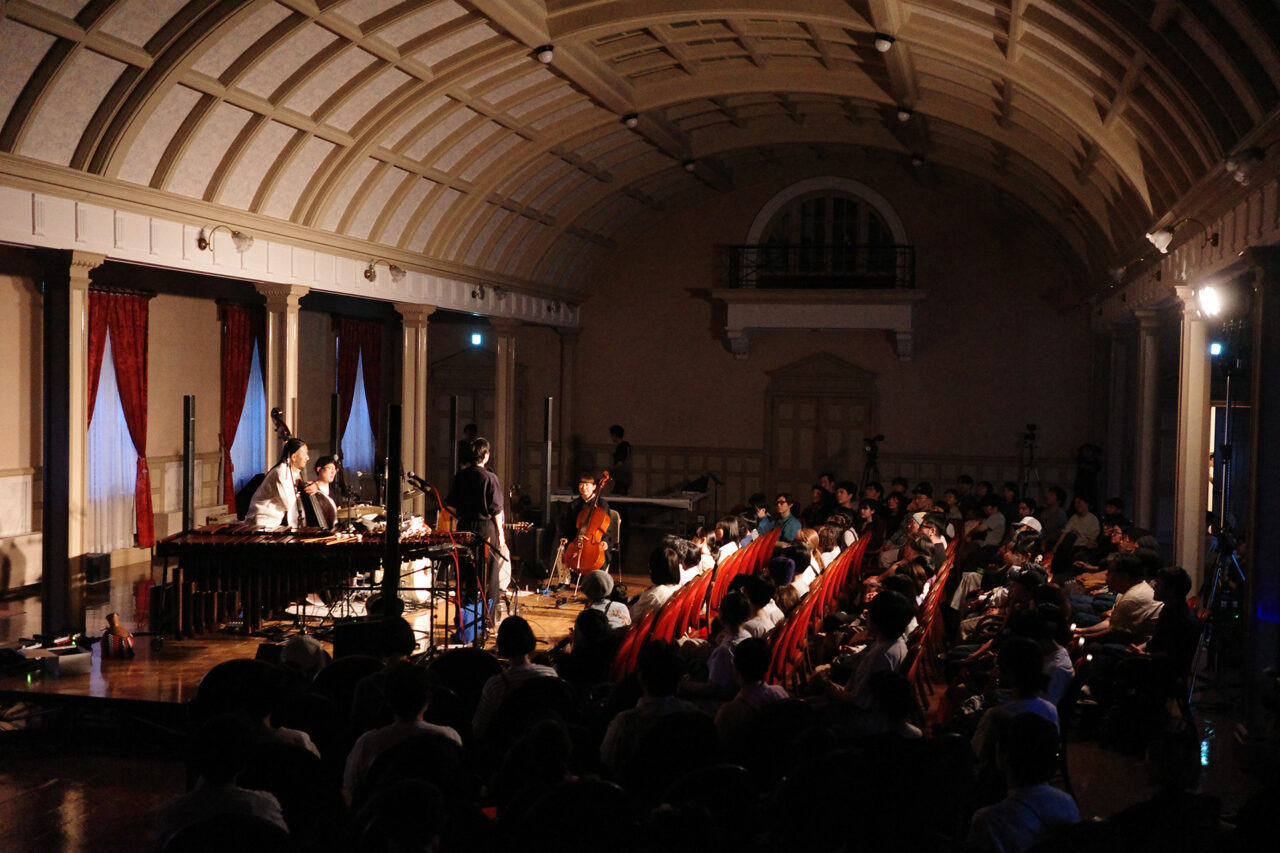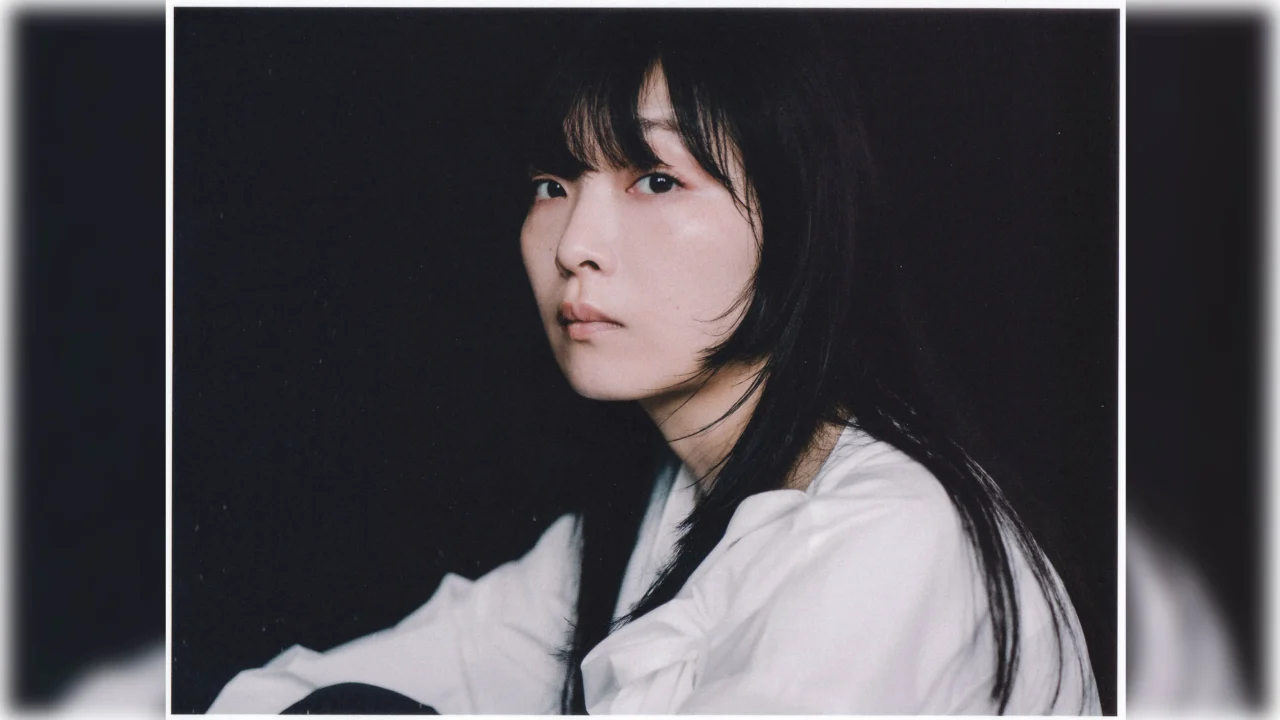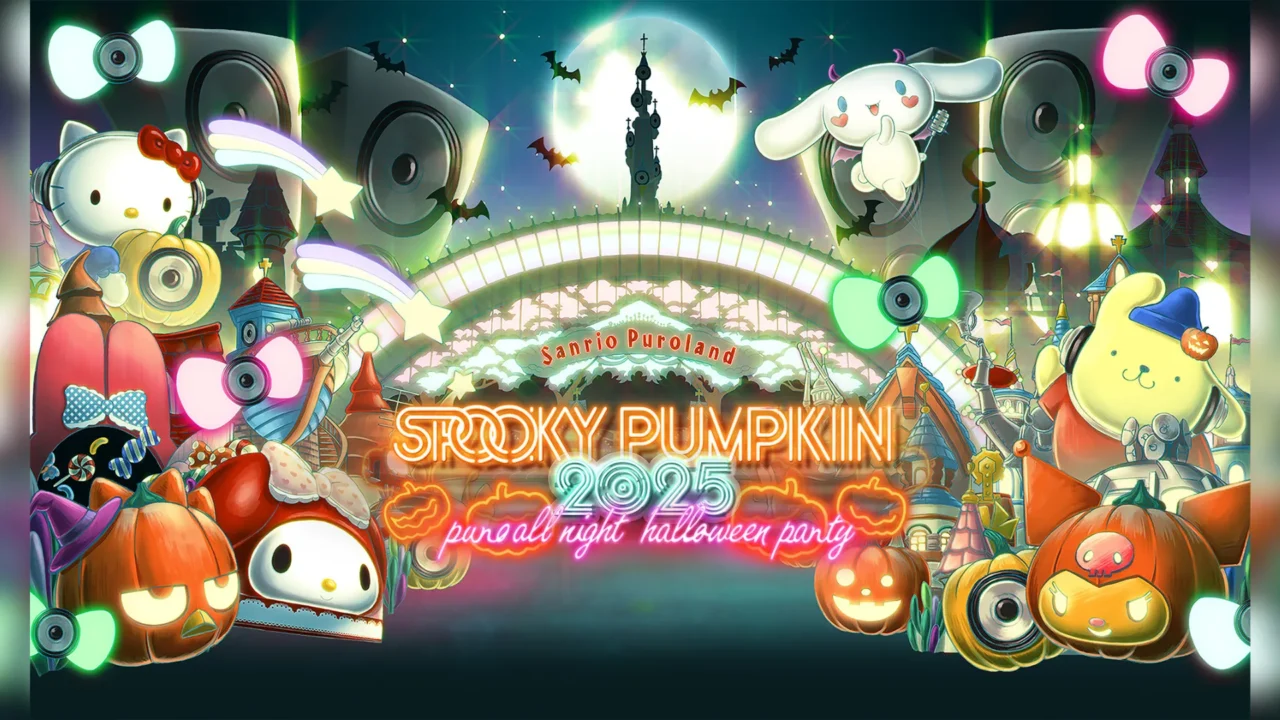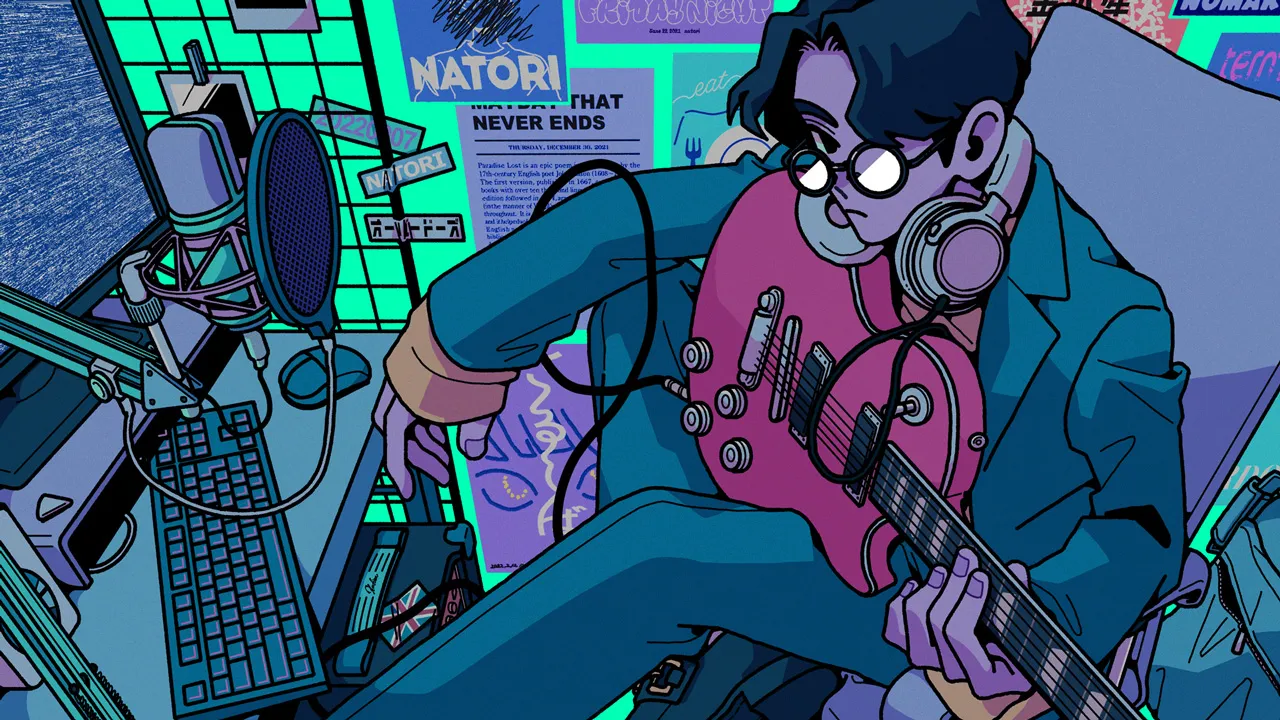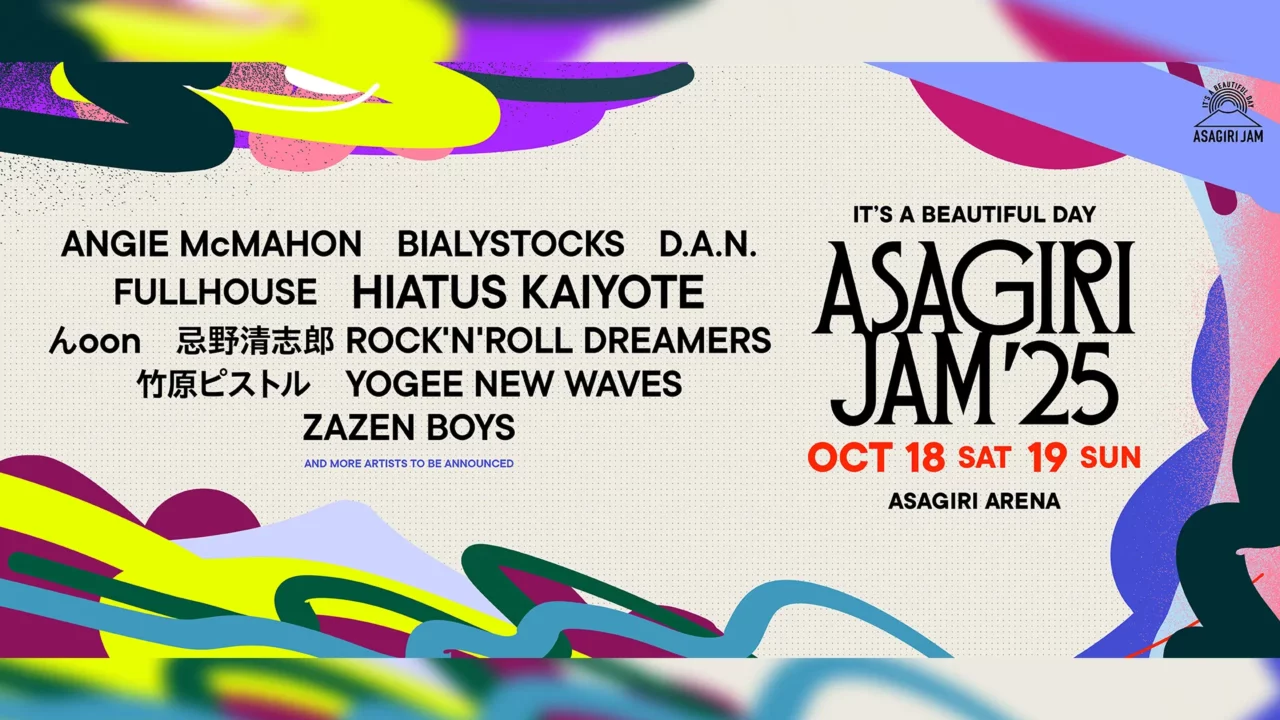Director Hayao Miyazaki’s first animated film in 10 years, “How Do You Live?,” was released on July 14th. In this article, we delve into the influence from Yoshino Genshirou’s novel of the same name, homages to previous works, and discussions on the interpretation of the conclusion, as well as the director’s inquiries into the nature of creation.
INDEX
Hayao Miyazaki’s First Animated Feature in 10 Years
Director Hayao Miyazaki’s new animated film, “How Do You Live? This is Miyazaki’s first feature-length work in 10 years, since “The Wind Rises” (2013), which was considered his retirement work.
The film also attracted attention for its thorough control of information. Prior to the film’s release, only the poster image was released, and nothing was known about the content of the film other than that it is a different story, although the title is taken from the novel of the same name by Yoshino Genzaburo, published in 1937. Even after the release of the film, little information was officially released. Finally, about a month later, on August 11, it was announced that a pamphlet would be released.
I am afraid that this is an extremely personal experience, but it took me a long time to start writing this article, perhaps because I was worried about the lack of official information. It made me realize how much I have relied on the information in the pamphlet and on the official website, regardless of whether or not I refer to them directly. Please note that there may be errors in the names of the characters and details of the film below.
*The following contains descriptions of the contents of the film. Please understand this in advance.
INDEX
Two Perspectives on “How Do You Live?”
This film is a fantasy that depicts the growth of the main character, a boy named Makoto Maki, through his adventures in a mysterious world. The setting is Japan during World War II. Just from the sense of excitement at the beginning of the film, as he runs up the stairs and through an air raid, one can feel a kind of excitement at having seen Hayao Miyazaki’s newest work. However, his mother dies as a result of the air raid. Masato and his father evacuate to his mother’s family compound.
His father remarries to Natsuko, his mother’s younger sister, who has the same face as his mother. Masato is unable to accept her. At school, he gets into a fight with a local kid, and on his way home, he injures his head with his own hand. When asked about the wound, he is unable to tell the truth.
Later, in order to find the missing Natsuko, Masato steps into a strange tower on the property. He is then lured into another world by a talking blue heron. Through his encounters there, he becomes aware of his “malice” and wishes to make friends, and accepts Natsuko, calling her mother.
The catalyst for Makoto’s change was a novel of the same title by Yoshino Genzaburo, left to him by his mother. Although the novel was considered unrelated to the content of the film, the two have much in common, and the novel strongly influenced the film. In the novel, Kopel-kun breaks away from his self-centered view of things through dialogue with his uncle. The page in the film where Manito shed tears is the scene where Kopel admits his mistakes and makes up with his friends. It can be said first of all that this film is a story in which the protagonist, through his adventures, accepts his own malice and reexamines his relationship with others and the world.
Another book that seems to have had a strong influence on this film is John Connally’s “The Book of Lost Things” (2006). This film is set in England during World War II. A boy who has lost his mother and lives with his stepmother is transported to another world by the voice of his mother, who is supposed to be dead. There, he meets a woodcutter and travels back to his original world. Meanwhile, a strange “twisted man” confuses the boy. Even with this rough summary of the story, one can see the similarities with “How Do You Live?
The tower, the guiding bird, and the self-righteous king in this film are also similar to Paul Grimaud’s “The King and the Bird” (1980), which is considered “the origin of Studio Ghibli” and influenced Hayao Miyazaki’s films, including “Lupin III: Cagliostro’s Castle” (1979), and another version of “The Tyranny of the Wild” (1952). (1952), another version of which also reminded me of Hayao Miyazaki’s previous works.
INDEX
Homage to Hayao Miyazaki’s past works
While this is a story of a boy growing up, influenced by the works mentioned above, there is another major characteristic of this film. The characters in the film are projections of Hayao Miyazaki himself, and the film is also littered with homages to his past works, giving it a strong autobiographical connotation.
Masato and his great-uncle can be interpreted as a projection of Hayao Miyazaki himself. In many ways, the circumstances of Mato and Hayao Miyazaki are similar, such as the fact that his father runs an aircraft manufacturing company. The loss of his mother and the mother complex that Masato has may reflect the fact that his mother was bedridden due to illness from his childhood.
The film is also littered with scenes that seem to pay homage to Hayao Miyazaki’s previous works. The first scene in which Makoto sneaks into the tower through a twig recalls the scene in “My Neighbor Totoro” (1988) in which Makoto enters the forest. In the other world created by his great-uncle, we also see a straw that reminds us of Kodama from “Princess Mononoke” (1997) and a red-eyed insect that looks like a smaller version of the king bug from “Nausicaa of the Valley of the Wind” (1984). A large group of parakeets holding up swords reminded me of “Lupin III: Cagliostro’s Castle” (1979).
The great-uncle asks Mato, “I have thirteen untainted stones, and I want you to take over my role of maintaining the balance of the world by piling up one stone every three days. The thirteen stones may allude to the thirteen films that Hayao Miyazaki has directed to date, including the short “On Your Mark” (1995).
Although the film shares some similarities with “The Wind Rises” in terms of the historical background of World War II and the family, it can be said that this film is a more direct reflection of Miyazaki himself, including homages to his past works.
INDEX
“13 Unsoiled Stones” shows us malice and creativity.
What does this work ask while projecting itself onto the characters? There are many possible interpretations of the dialogue between the two and the choices made by Makoto, which even give the impression of Hayao Miyazaki’s own self-questioning. What seems important here is the aforementioned “malice. Producer Toshio Suzuki said in an interview, “If I were to do a publicity campaign, I wanted to use the word ‘malice,'” and “Malice has covered the whole era. It probably has something to do with today’s world as well” (Reference article: How Do You Live? Suzuki P’s Flesh Voice: “I depicted the malice of the protagonist and the times” ).
The great-uncle is the creator of this other world and wants his blood relatives to take over his work. He tells Manito to use the thirteen untainted stones to create an ideal world that is different from the real world and free of malice. Showing the wounds he has inflicted on himself, Manato says, “This is a sign of my malice,” and refuses to remain in his uncle’s world, returning to reality.
If the 13 stones and the other worlds are animations or creations by Hayao Miyazaki and other directors, does this mean that he is telling the audience to return to the harsh reality instead of indulging in fiction without malice? It is not that simple. It was through this otherworldly adventure that Manabu became aware of the malice in himself and in the world.
In addition, Manato brought back to the real world a stone he had picked up in his great-uncle’s world, and although he was expected to forget it eventually, he retained his memories of the other world. This seemed to convey that while creations and ideals are not directly useful against the evils of the world, including war, and the evils that one holds, they are not helpless either. As in the case of this work, “How Do You Live?” and the novels that Manjin read, fiction may provide an opportunity to face malice and reality.
To face the malice of the world and ourselves. How do we live for it? What does creation express in response? The questions posed by “How Do You Live?” can be said to be the very questions posed by Hayao Miyazaki, who has been constantly confronting society since “Lupin the Third: The Castle of Cagliostro,” in which he considered what it means to steal in this day and age, in his animation production.
The Boy and the Heron

In theaters nationwide
Original story, screenplay and director: Hayao Miyazaki
Theme Song: “Chikyugi” by Kenshi Yonezu
Production: Studio Ghibli
Distributor: Toho
©2023 Studio Ghibli





